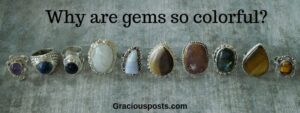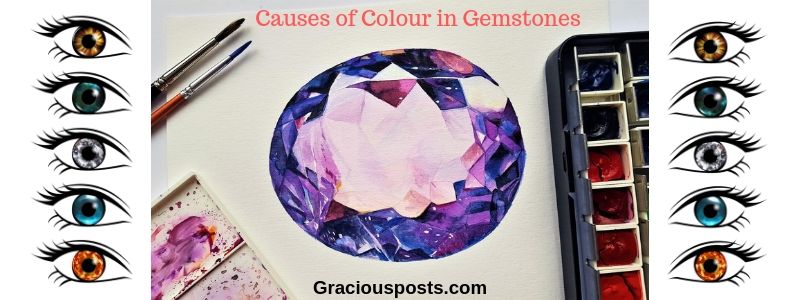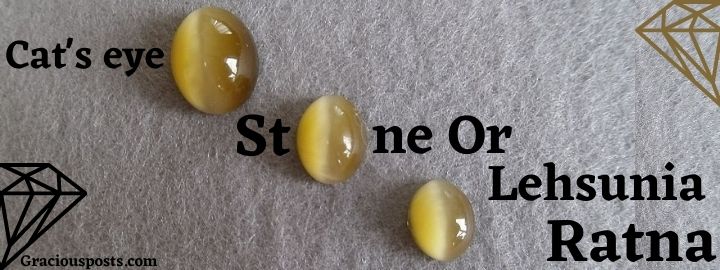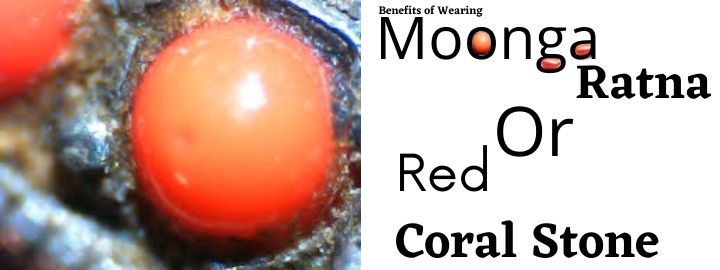All About Gemstones:-
If you admire “Beauty”, if you wish for “Durability” and if you look for “Rarity”, I am sure you are looking for the fascinating natural beauty of Gemstones. These are the 3 cardinal virtues of a gemstone. According to me, any stone lacking these three virtues cannot be categorised as ‘Precious Stone’ & gemstones are ‘Precious’.
Gemstone’s natural beauty is an amazing miracle of nature. Women wear gemstones in their jewellery since medieval and are quite popular since then. Gemstones are also well known for their healing power. Whenever we talk about Gemstones, most of the people think that they are only in demand due to their healing abilities or for astrological purposes. But, it is not true.
Coloured gems not only enhance the beauty of your jewellery but also offer a fantastical palette of colours, that too at pocket-friendly prices.

It’s a surprising fact for me that people are more comfortable buying diamonds than Gemstones.
Through this article, I will try to provide you with more information about gemstones, their type, and will also talk about some astonishing facts about Gemstones. I want to make this clear to beautiful ladies out there that, Gemstones are rarer than Diamonds.
I am glad that at least Diamonds have helped in making people aware about the 4 Cs, i.e. Color, Cut, Clarity and Carat Weight, and this will help me further in describing the beauty of Gemstone in a good way. For that, I want to brief about some astonishing facts about the, as listed below:-
- They are favourite of Egyptians, as they used to think that green coloured gemstones are very precious and lucky-charm for them.
- Gemstones just look like one of my favourite fruits i.e. Pomegranate. Red-coloured gemstones are named after this fruit because of its red-blood coloured seed inside it.
- The hardest gemstone, we all know, is Diamond and it’s the women’s best friend.
- Amber is the lightest and softest Gemstone and it can float over salty water.
- The Sergio Diamond is a black Carbonado diamond. This 3167-carat diamond is a true beauty and is quite rare.
- The exquisite pearls, another form of gemstones, are the second favourite of every woman after diamonds because of its elegance and grace.
- When we talk about colourful and attractive gemstones, we cannot forget to talk about Mesmerizing tanzanite. This rare, blue/violet-blue stone is very appealing and is well known for its rarity. It will enhance your beauty to the next level.
- If we talk about gemstones, all coloured gemstones and diamonds are rare, but the rarest of all is ‘Red Diamond’.
READ – DIAMOND BENEFITS
Causes of Color in Gemstone
The Various Colors Shown by Gemstones is due to presence of some transition elements.
- As Small amount of Chromium imparting red color to ruby
- Copper gives blue-green Color,
- Cobalt produces Deep Blue Color
- Are the Colors in gemstone is only due to presence of these element then why same element Chromium produces red color in Ruby and Green in emerald
There are three main theories behind cause of color in gemstones
- First theory is crystal field theory. This theory covers both idiochromatic and allochromatic color caused by transition elements such as the copper in turquoise and chromium in ruby, as well as color centres producing colors in amethyst & smoky quark.
- The Second theory is molecular orbital theory which explains cause of color in case of blue sapphire where due to transfer of electron from place to the other produces colour.
- The third theory is band theory, this theory enclose reason of color in metals such as in gold, Silver and Copper.
- Color in diamonds as blue, green and yellow diamonds are also explained in accordance with this theory.
- The last and important theory explaining reasons behind production of various color phenomenons as dispersion which produces brilliance in stones like diamonds.
- Colour produced by thin films of the iris quartz is due to interference of light.
- Lay of colour in opal is due to diffraction from the small silica spheres of opal.
- These all effects comes under physical optics.




